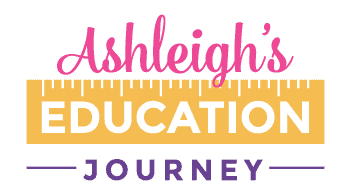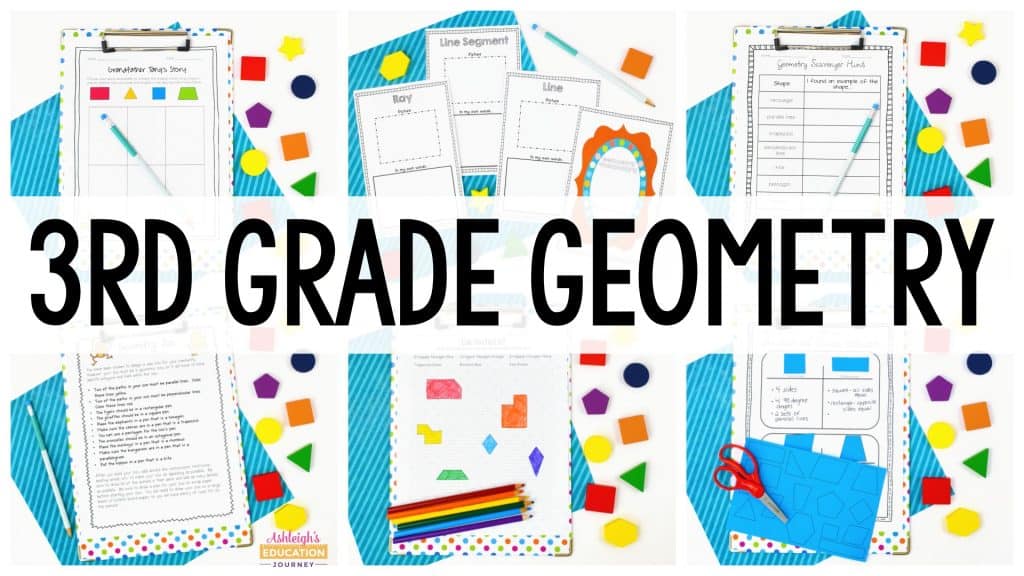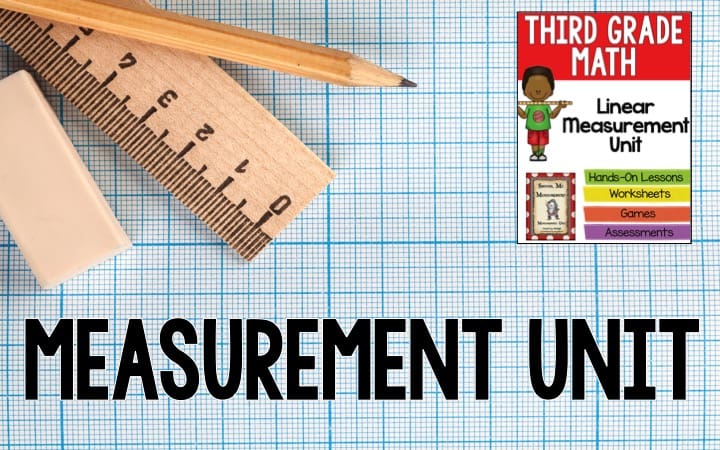As upper elementary teachers, we know how powerful math anchor charts can be in helping students grasp and retain big concepts. But I have a problem: I’m super picky about my classroom (including things on the walls) looking neat, organized, and cohesive, and my anchor charts looked like a …… hot mess. I try. I really, really try. Any given day you could find me with gridded chart paper, rulers, markers, and whiteout doing my best. I even used a projector to try and trace my math anchor charts, but that was a time-wasting disaster.
I know the “rules” anchor charts are best made with students. It gives context when referring to the charts and provides students with ownership. I get it, but it wasn’t working for me. I didn’t want to sacrifice my students’ attention by breaking the momentum of my lesson to add to my anchor chart.
Plus, if I made them with my students, I’d have to do it twice, since I teach two groups of students. Chart paper gets expensive!
I found myself recreating everything at the end of the day. This was time-consuming and felt wasteful. I knew I had to find a way to simplify.
That’s exactly why I created this set of third and fourth grade math anchor charts—to save time, support instruction, and give students a go-to reference that students actually use. I speak from years of experience-they used these charts.
If you’re looking to upgrade your math visuals without spending hours at the easel, here’s why these anchor charts are about to become your new favorite classroom tool.
✅ 1. Covers Every Standard—Without the Stress
No more wondering if you’ve covered it all. These charts are aligned to every 3rd grade and 4th grade math standard. From operations and algebraic thinking to geometry, fractions, measurement, and base ten, every major topic is clearly laid out with age-appropriate language and visuals.
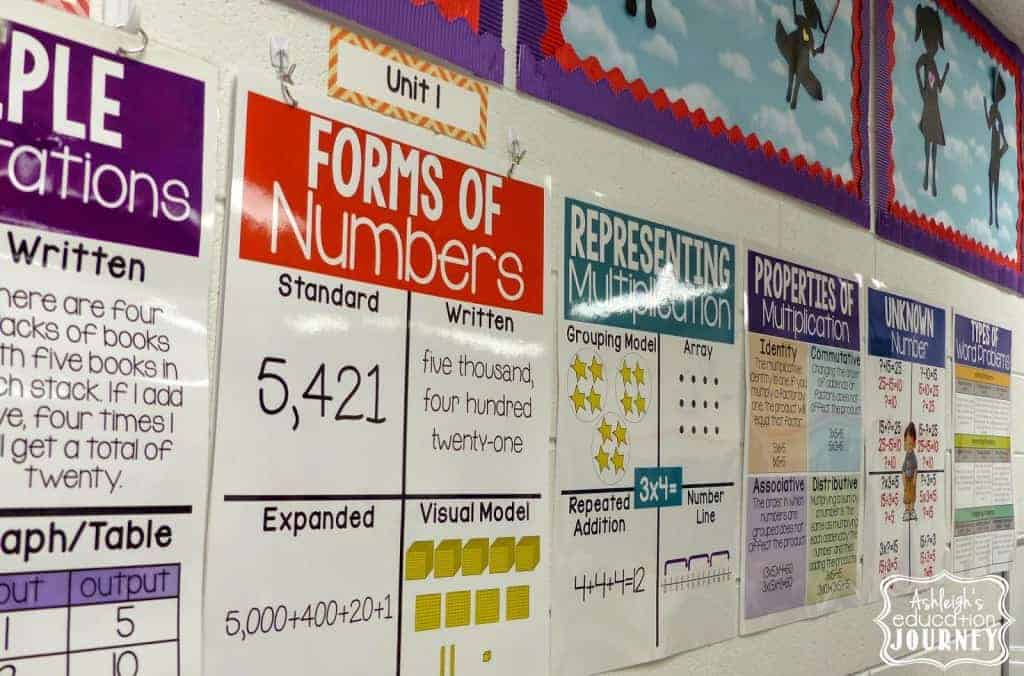
✅ 2. Print-and-Go Convenience
Forget about the markers and chart paper. These charts are designed to be ready when you are.
You get two size options for every standard:
-
Large Posters (18×24) – Great for whole-class lessons. Print on 6 standard pages and tape them together or send them to a low-cost poster printer.
-
Small Posters (8.5×11) – Perfect for math folders, stations, or one-on-one support.
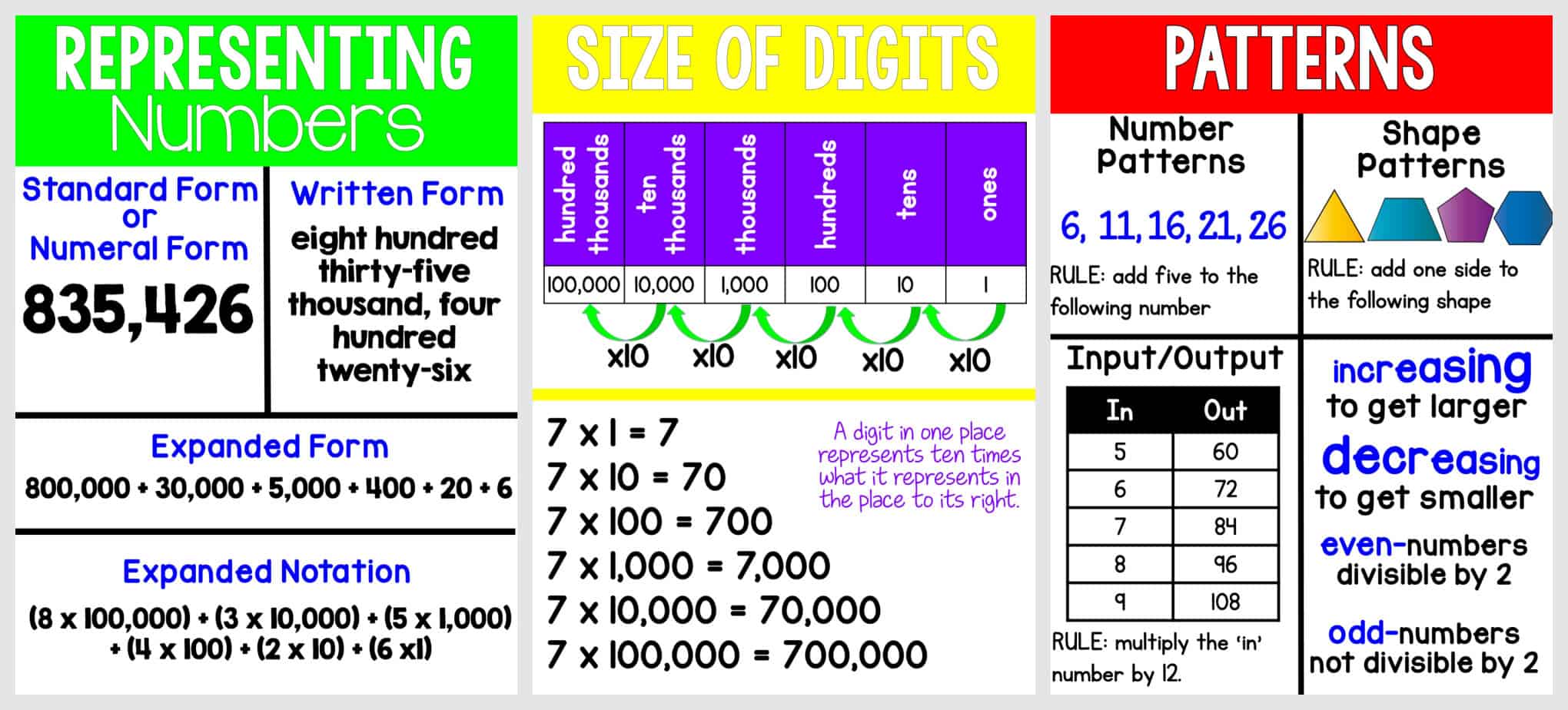
✅ 3. Supports Visual Learners & Struggling Students
Let’s face it—math can be abstract. That’s where visuals become your best friend.
These anchor charts are clean, consistent, and easy to read. Students with reading challenges, visual processing issues, or attention difficulties benefit from seeing clear text, bold headers, and structured layouts they can return to over and over again.
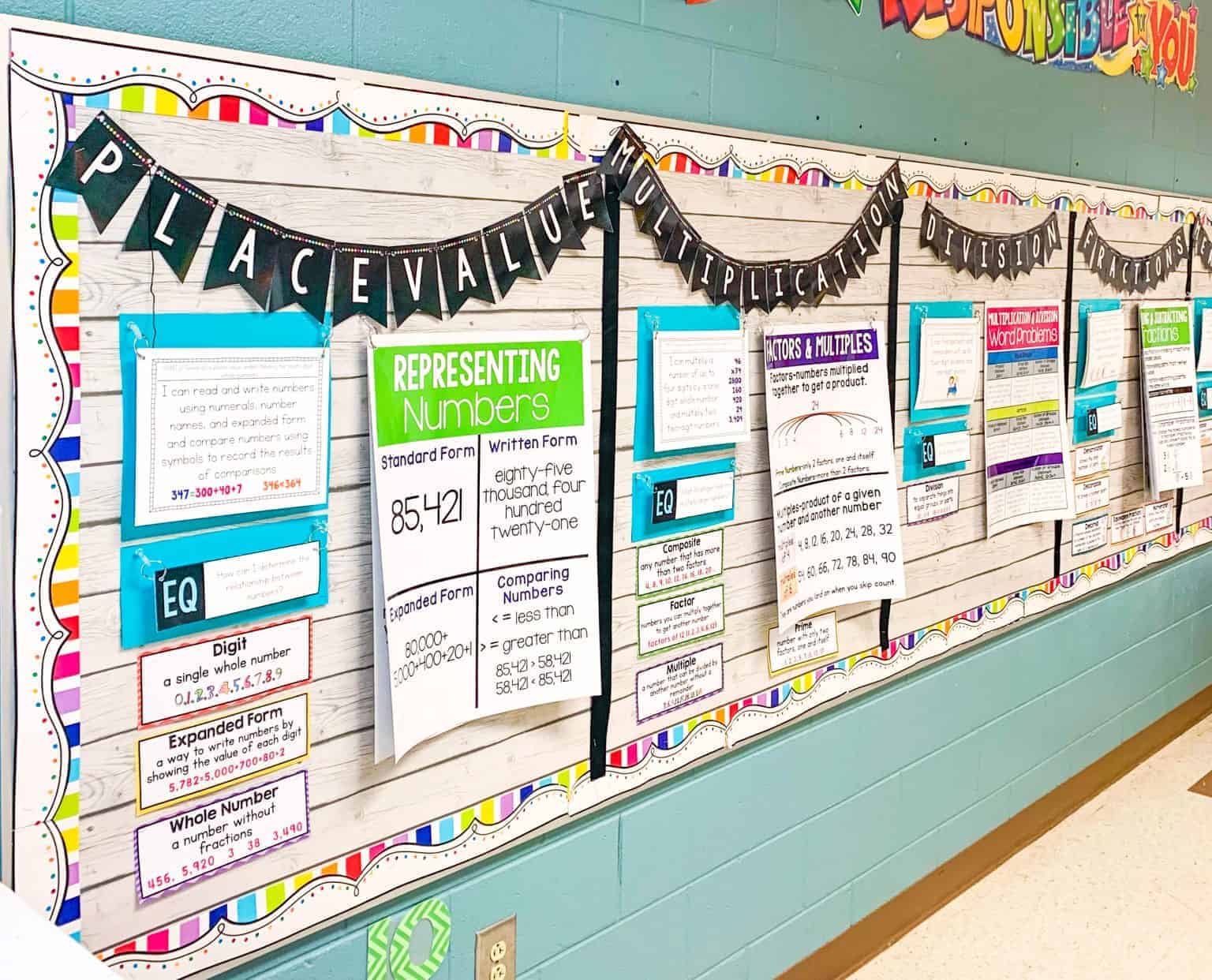
✅ 4. Creates a Cohesive, Polished Math Environment
There’s something powerful about a classroom that looks put together. These anchor charts give your room that unified, intentional look—which not only helps you stay organized but also signals to students that math matters.
It’s a small change that makes a big impact.
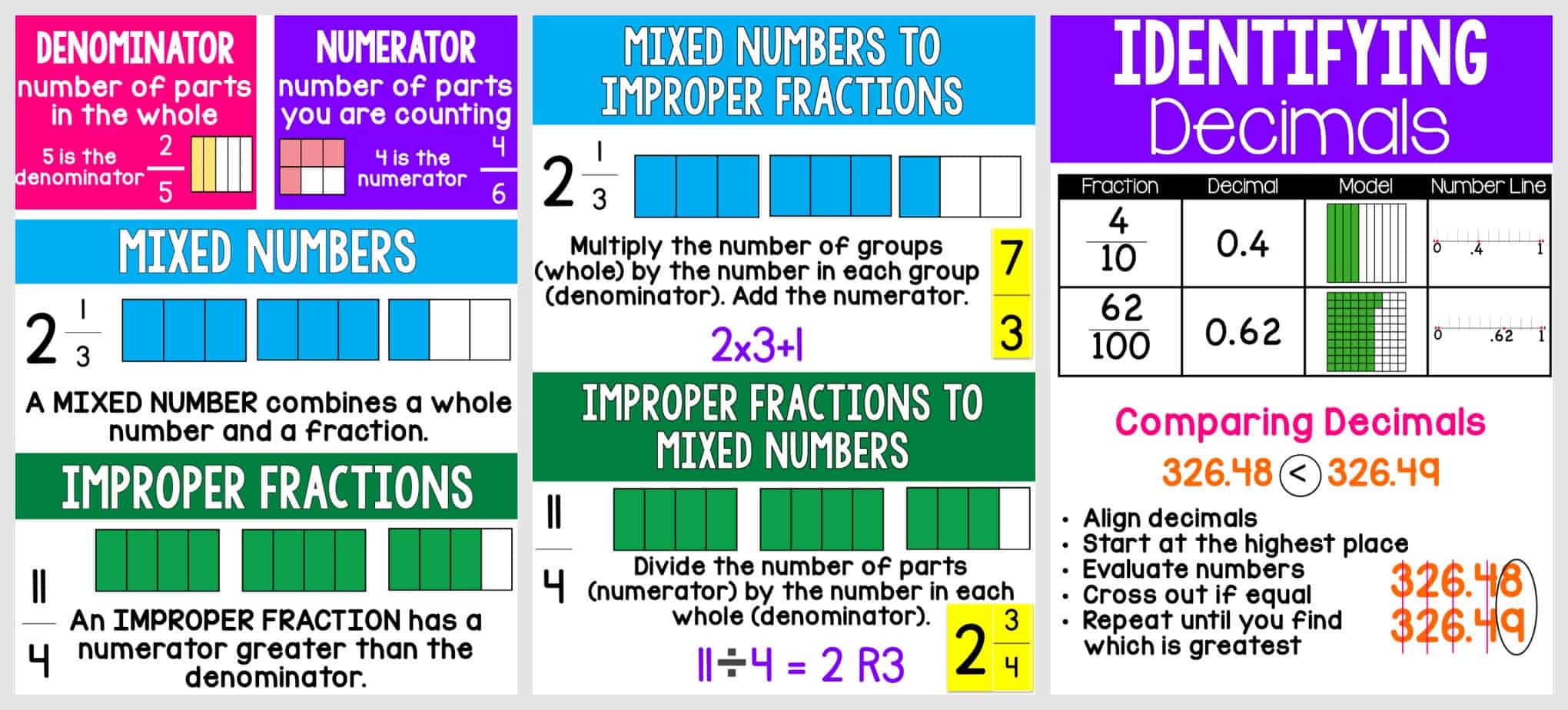
Ready to Simplify Your Math Instruction?
These math anchor charts are the kind of resource you’ll use every day. And best of all? Once you print them, you’re set for years to come.
Click on what you need to grab your set now and give your students the consistent support they need to succeed in math.
I had a lot of request for other subjects, so here’s more of what you may need!
Let’s make math visual, accessible, and a whole lot easier—for everyone.
